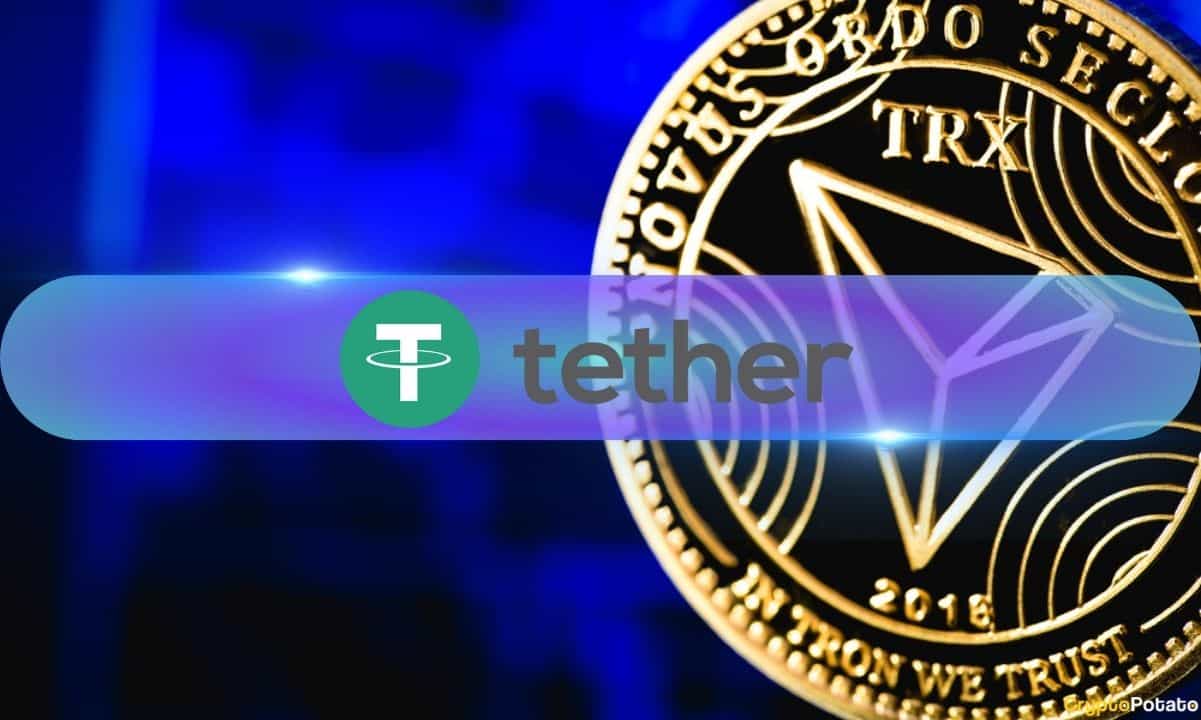The Tron network has overtaken Ethereum in Tether (USDT) stablecoin supply for the first time in crypto history.
According to data from CryptoQuant, the circulating supply of USDT on Tron’s TRC-20 network surged to $73.8 billion, edging past Ethereum’s $71.9 billion, showcasing the growing preference for Tron for high-volume stablecoin transactions, especially in emerging markets.
Why Tron Is Winning the Stablecoin Race
CQ analyst JA Maartun attributed Tron’s rise to lower transaction fees, faster block times, and a consistently reliable network. They noted that the crossover was the culmination of steady growth since mid-2023, where at least $1.0 billion in new USDT was minted regularly, with more than $14 billion issued in the first five months of 2025 alone.
Meanwhile, Ethereum’s supply has plateaued due to high gas fees and users migrating to Layer 2 solutions.
Tron’s network architecture also deserves credit for the ecosystem’s stablecoin growth. CryptoQuant recently highlighted the blockchain’s 99.7% block production efficiency, a testament to the stability of its Super Representative (SR) system.
According to the analytics platform, as of 2025, 30 SRs are consistently active, with 24 of them producing 3.71% of the total blocks, a contrast to Tron’s more volatile early years.
Further, the network’s dominance in stablecoin transfers is highlighted by the decline of rivals such as USDC and TUSD. Data from DefiLlama shows Tether’s dominance of the stablecoin space at 62.05%, with a circulating supply of more than $150 billion.
Such currencies have also surpassed traditional payment giants in transaction volumes. Data from Artemis shows that, on average, stablecoins processed $521.3 billion weekly in 2025. These figures dwarf Visa’s $319 billion and PayPal’s $32 billion.
Shifting User Base
Novaque Research has described the pivot to Tron as more than just a technical migration; it is a reflection of broader global adoption trends.
According to them, USDT activity has shifted from retail holders to mid-sized wallets holding between $10,000 and $1 million in the last few years. This suggests there has been increased participation from OTC desks, cross-border remittance platforms, and payment aggregators.
Meanwhile, despite Tron’s network growth, its native TRX token has mostly stagnated. Trading around the $0.26 level at this writing, it has dipped by a slight 2.0% in the last 24 hours but gained 7.8% across the week and 6.7% in the previous month.
Nonetheless, considering it peaked above $0.43 late last year to register a new all-time high, its current price represents a 38% drop from those rarified heights.
The post USDT on Tron Hits $73.8B, Surpassing Ethereum for the First Time Ever appeared first on CryptoPotato.



